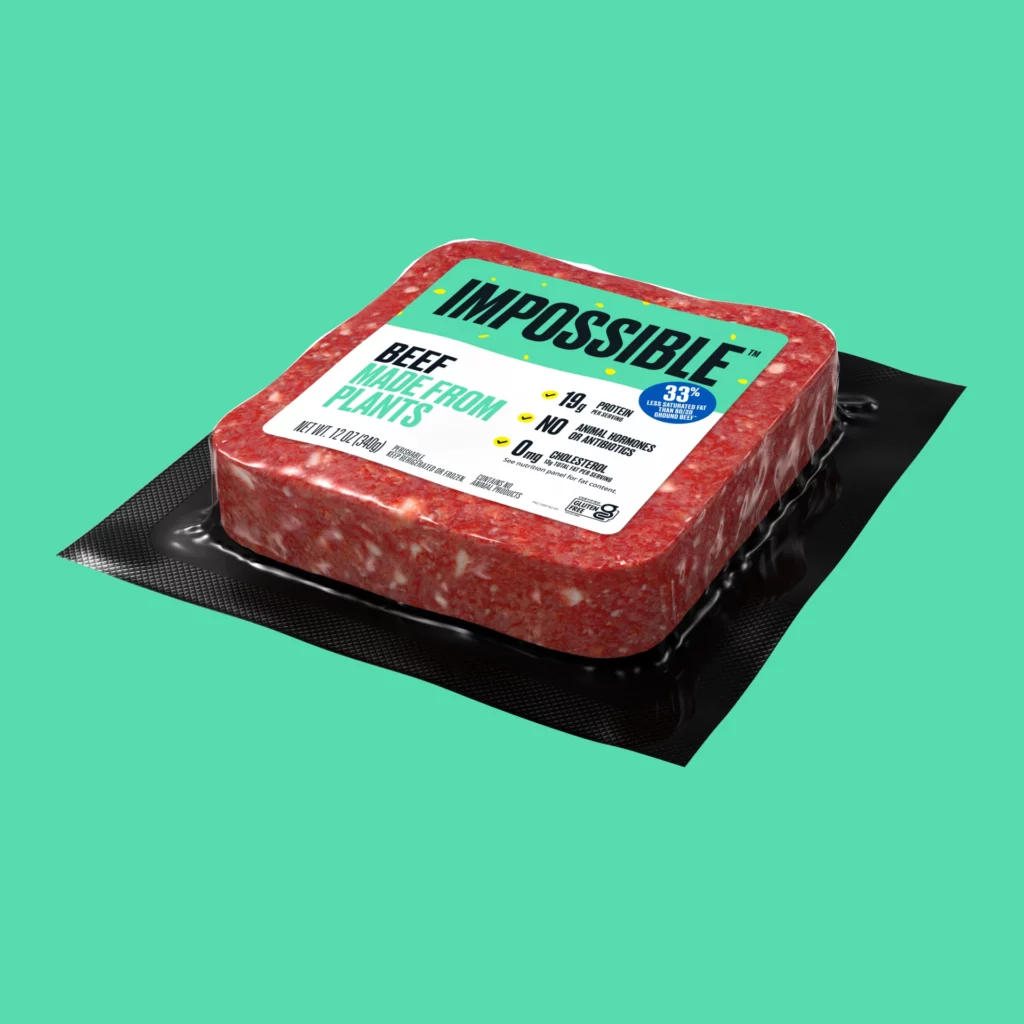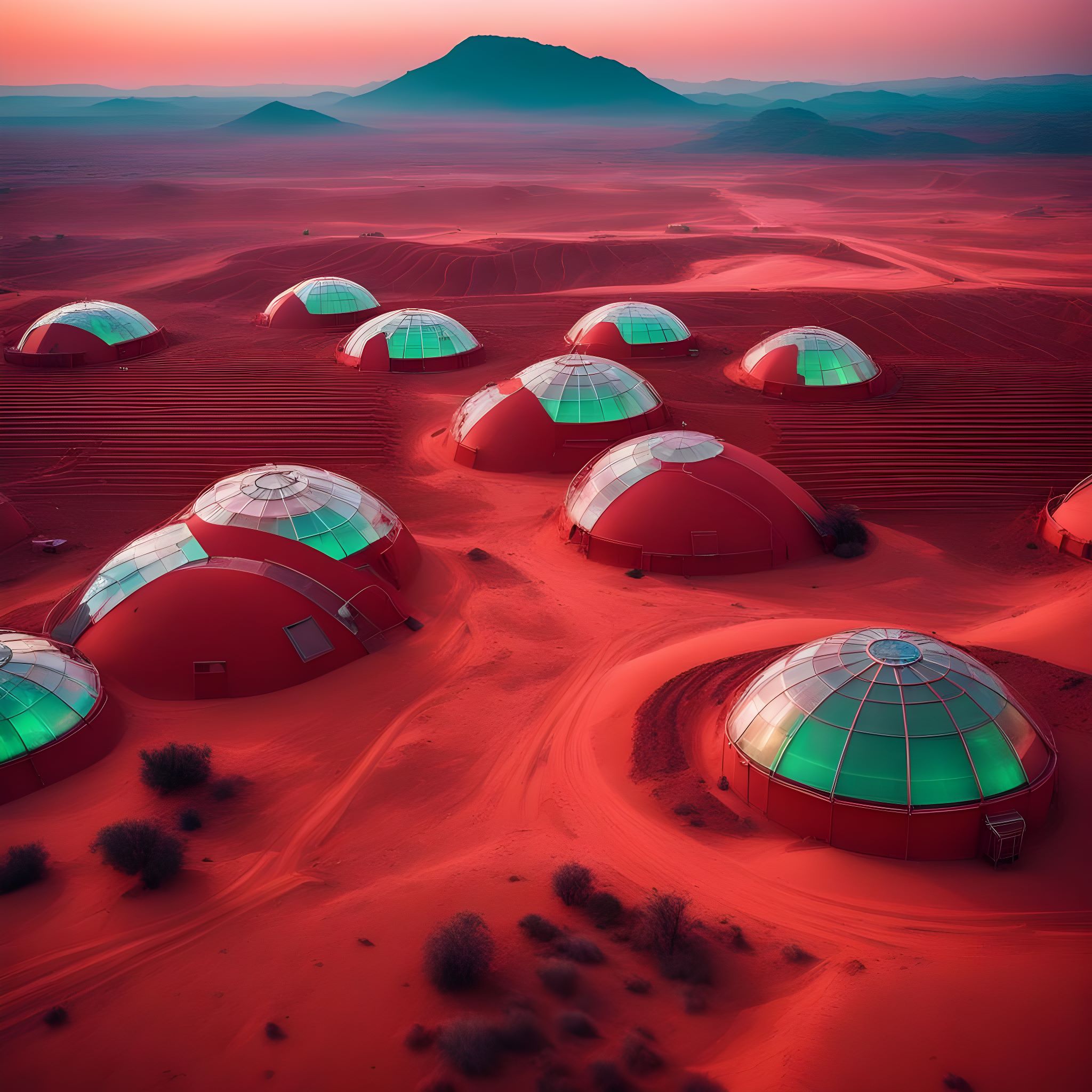“It’s 7.00 A.M., I’ve just got up and I’m looking out the window tasting a big glass of milk, its taste is unusual but still good. Oat milk, maybe? Everything outside is enlightened by a strange pale red light. All over the clearing outside my room I can see many glass domes and, with a bit of effort, I can also recognize a cow with purple spots in one of those habitats. Purple spots? Really? Quite unusual. As soon as I realize that something is not working, everything disappears and I’m in my bed, in my home, on planet Earth. What a strange dream.”
NASA is developing a plan for their Mars Mission with human crew and SpaceX is already looking ahead to design habitats for human colonies. But since military rations are not known for their testiness and considering that food has a major role in health and moreover people’s mood, it is clear why scientists have started to think about how we could bring tasty food to Mars. Considering the high cost per kilo of the payload (from Earth to LEO it’s 3500-5000 $/kg), shipping food from here is unfeasible, otherwise we would end up eating the most expensive green salad ever. Another possible choice is developing Self-Sufficient Mars Colonies, which would guarantee cheaper, fresher, and possibly tastier food.
Welcome to Mars
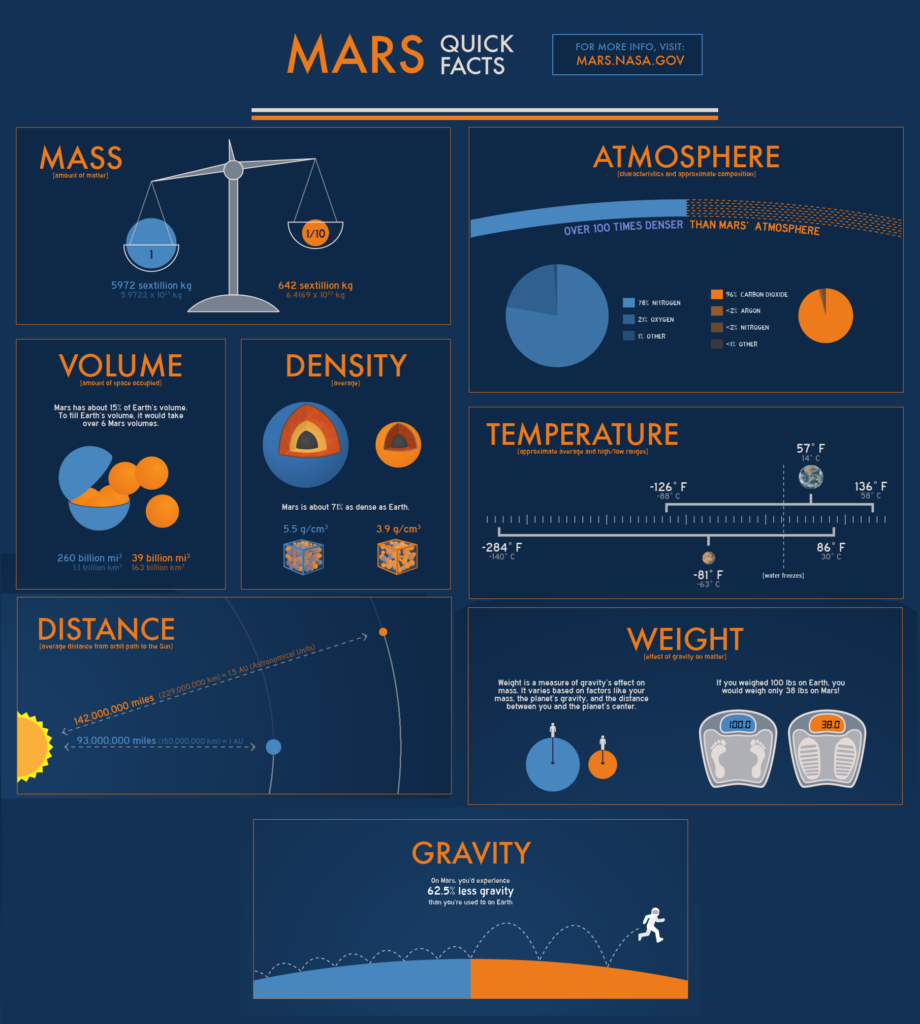
Before moving to Martian food an overview of what we will face is mandatory.
The Red Planet is 1.5 A.U. from the sun, so it receives less heat than Earth but, due to its lower mass, Martian gravity is 60% lower and so its atmosphere is less dense, such that most of the radiation reaches Mars’s surface. One Martian Year lasts 687 Earth Days and during the succession of seasons there are much greater temperature variations, between -140° to + 30°. Moreover, Martian air has no Oxygen and 96% Carbon Dioxide, while its soil, made of regolith, only contains traces of water. So why should we go there and establish permanent colonies in a place that seems to be born to be wild kill humans? Because Humans like to explore, because we are destroying our planet, because we need resources, because we could develop new technologies… Just pick one and stay with me.
Today, the most feasible designs for a permanent colony on Mars features:
- Domed greenhouses made of some kind of transparent material able to shield plants from radiation but letting in the light;
- Human habitats dug underground or inside a cliff with small windows to protect us from harmful radiation;
- Long tunnels, restricted to humans, where most of the food will be harvested without any contamination and in which also bioreactors for fertilizers will take place.
Everything will be powered by robotic solar panels capable of finding the best exposure, sun concentrator and small modular nuclear reactors; finally, LEDs and optical fiber will be required to convey light in all those tunnels.
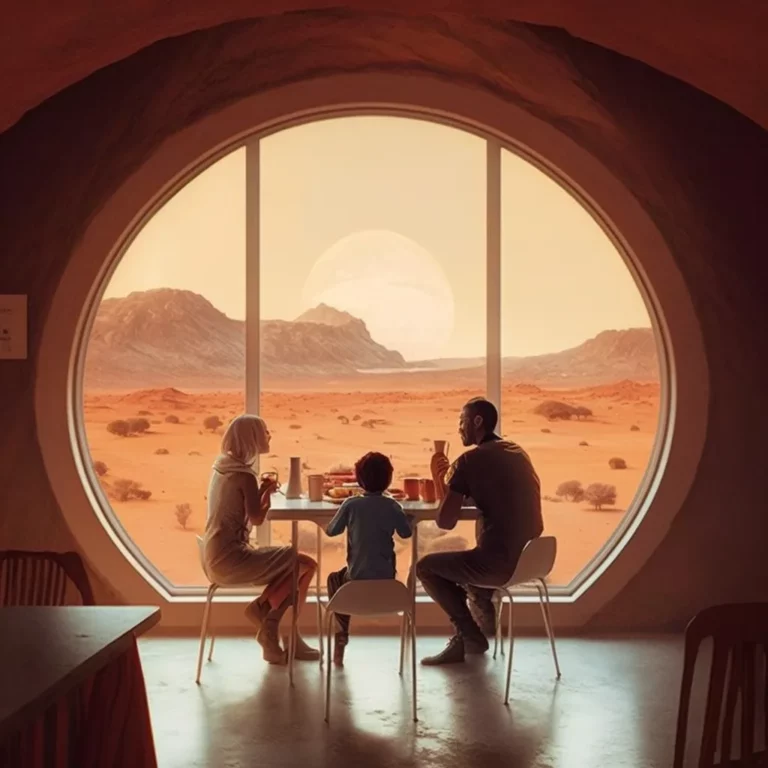
Cyanobacteria for breakfast and potatoes for lunch
The basis of Martian food system will be bioreactors. Those are basically big metal tanks containing Carbon Dioxide and Nitrogen Oxide from the atmosphere, regolith and Cyanobacteria. The latter are microorganisms able to exploit the energy from the sun, here provided through optical fiber, to convert CO2 and NO2 producing oxygen and fixing nitrogen on the regolith. Moreover, at the end of their life cycle they will leave a highly fertile sludge suitable for fertilization. According to the studies from the University of Bremen, even when exposed to low gravity and Martian air, Cyanobacteria can provide both Oxygen for colonists and nutrients for plant cultivation. Yet, all that glitters is not gold, and Mars is no exception. Big autonomous excavators will dig regolith but before feeding the Cyanobacteria we will need to remove all the perchlorate from it to prevent this toxic compound from sneaking into the Martian diet.
This now fertile regolith will then be used to grow plants, like potatoes and oats which can be used as the base of diet or to feed yeasts and other microorganisms, that will confer a bit of variety to the diet. We can imagine that vegetables on Mars will be harvested in a combination of hydroponic cultivations and classical in-soil cultivations. Focusing on the first type, we are essentially talking about cultivation without soil; this not only is useful to prevent the toxic substances of the soil from entering the food chain, but also it saves a lot of space and water. Hydroponic cultivations are usually developed on kind of vertical shelves with plenty of sensors and small pipes to provide the exact amount of water, fertilizer and any other substance required.
Providing the least amount of any resource is a main topic in a hostile environment like Mars, that’s why OGM won’t be the exception there. We will need to hack nature to provide radiation-resistant plants or to adapt them to low gravity and again to hack photosynthesis. Scientists estimate that, on average, plants can only convert 3-6 % of the energy coming from the Sun into energy useful for the human body; and since on Mars they would receive half of the energy that they would receive on Earth, this is a major issue. Some big players as the Melinda & Bill Gates Foundation are funding the research in this sense and many publications are appearing in scientific journals, showing that improving photosynthesis to increase efficiency and lower water consumption is a thing, also here on Earth.
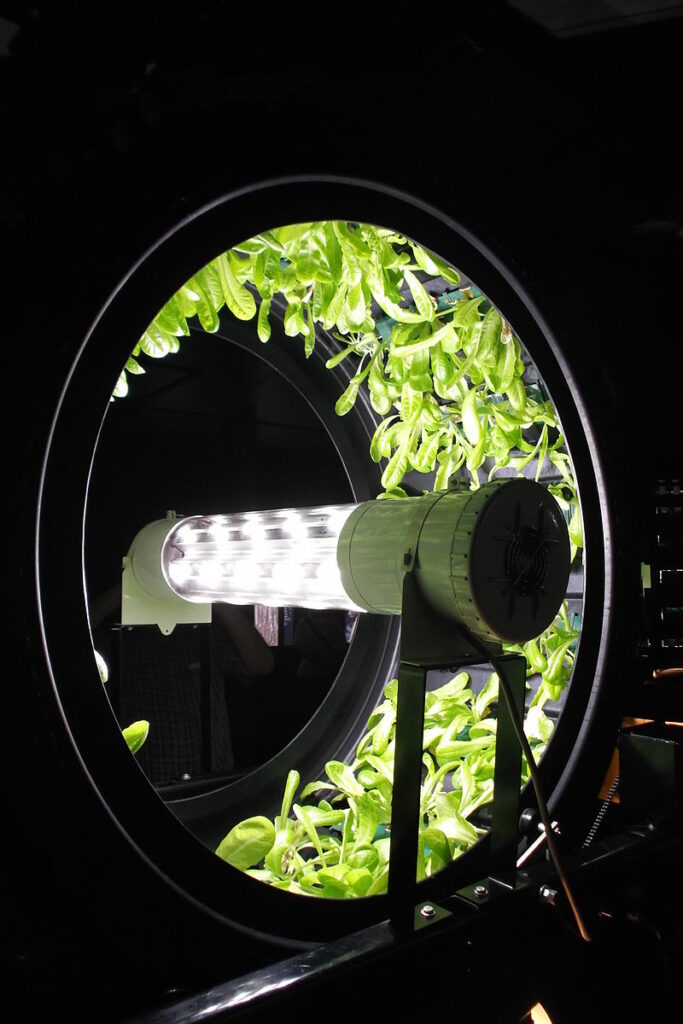
A Glance to the menu
Up to now, we only spoke about vegetables and bacteria, but some meat eaters here could start worrying about their weekly protein dose (I feel you). Short answer: On Mars, there won’t be any purple and white cows (it would have been cool) nor any living animal, but there is good news, we will still have animal proteins and they will be cruelty-free. In the last few years, many companies have developed cultivated meat and fish, and with some improvement, they could be a real thing for both satisfying Earth’s demand and for the poor Mars habitants that couldn’t do it in any other way. Talking about meat, we won’t find any steak on Mars and that’s because it’s almost impossible to achieve the same texture as real meat just with harvested protein and 3D-printed food. Some companies are experimenting with starch frames on which the steak could be printed, but still, the results are not satisfactory. On the other hand, companies like Impossible Food can manufacture pretty much perfect hamburgers and nuggets without harming any animal. Someone may point out that this is easier since we are talking about minced meat, but you know what? Being able to do a BBQ on Mars is amazing even if we can only have burgers, nuggets and sausages.
Looking at fish instead, the results are much more intriguing, for example, WildType makes a perfect sashimi salmon. They start from cultivated salmon cells, place them on a plant-based scaffolding and, for some reason, the result looks and tastes exactly like real salmon, but without heavy metals.
To sum up, a typical Martian meal could look like this: Fresh salad with a burger or some kind of fish, water or any fermented drink, thankfully yeasts do not require much space, so we could have a sort of Martian beer, and finally a good and refreshing oat milk-based ice cream, since there won’t be cows on Mars.
Maybe that’s not a starred restaurant’s menu, but who needs a Michelin star if you are exploring a new planet under the actual stars?
AUTHOR’S NOTE: Everything in the article is based on actual technologies or papers and on the book -Dinner on Mars: The Technologies That Will Feed the Red Planet and Transform Agriculture on Earth by L. Newman & E.D.G. Fraser- a very enjoyable reading.
If you want to know more about this topic, I strongly recommend giving a look to Space Ambition Blog here you will find plenty of interesting and detailed articles about space exploration and Mars colonization.

